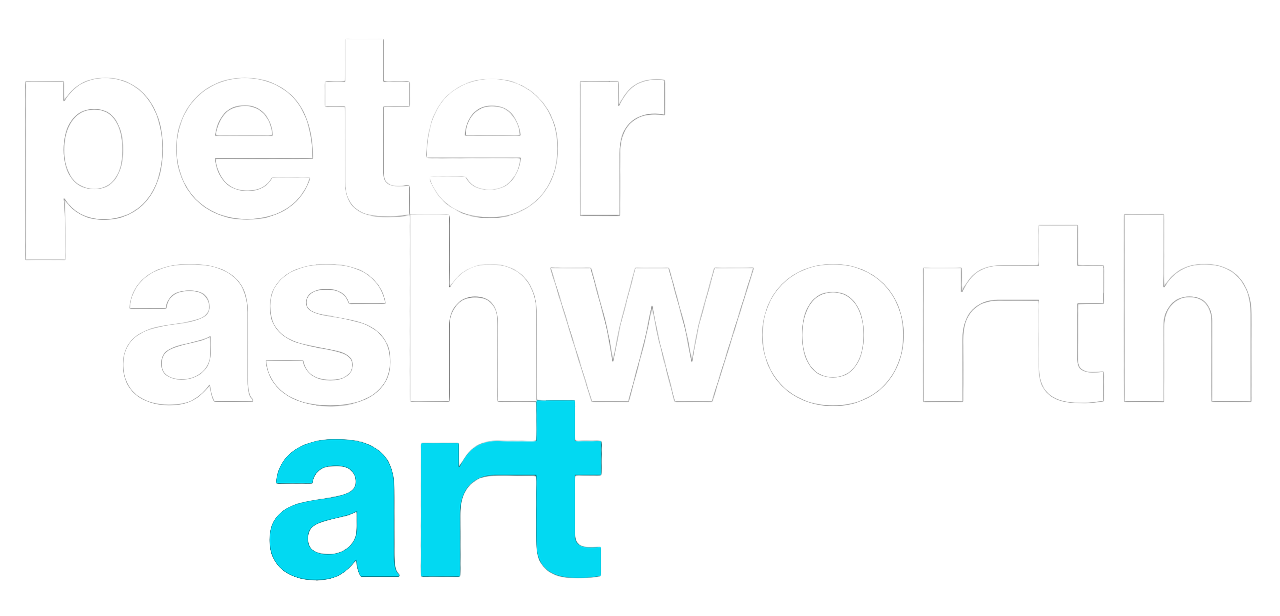What to consider between original or reproduced art.
Whether you fall in love with the raw presence of an original painting or are drawn to the versatile beauty of a museum-quality print, both bring soul and story into your space.
Original Art:
Uniqueness and Authenticity:
Original artwork is a one-of-a-kind creation, often made by
the artist's own hand. Each piece carries the unique imprint of the artist's
vision, technique, and expression, and each brushstroke carries a direct
relationship to a moment in time for the artist when creating the work. The
unique one-of-a-kind authenticity of an original artwork adds to its perceived
value, as a direct production of the artist's creativity and skill.
Exclusivity and Prestige.
Original art for some is a way to communicate their affluent
lifestyle and distinguish themselves from others. Owning original art can
signal social status, wealth, and success, and can be seen as a way to
communicate their affluent lifestyle and distinguish themselves from others.
Some art buyers or collectors are drawn to the prestige associated with the
art, or the brand of the artist, along with the aspirational lifestyle they
represent. Original art on their walls can be a form of self-expression and personal
fulfillment, and they may derive pleasure from owning beautiful and luxurious
artwork that reflects their tastes, preferences, and individuality.
Quality.
Although in some cases it can be difficult to tell the
difference between original and reproduction art, to the trained eye or to the
perception of the viewer, there is a difference. The art quality can be seen
and touched and is tacit, and art buyers often appreciate the creativity,
vision and craftsmanship that go into creating great art, making them feel like
they are experiencing something truly special.
Materiality and Texture.
Original artworks often have a tangible quality that can be
appreciated through texture, brushstrokes, and the choice of materials. The
physical presence of an original piece can evoke a tangible and tacit sense of
connection with the artist's process and intention, as well as the historical
context in which it was created. Consumers appreciate the creativity and
craftsmanship that go into creating each product, making them feel like they
are investing in something truly special.
Potential Investment Value.
While original art often comes with higher price tags, many
consumers view them as worthwhile investments. They believe that the art work
will retain their value over time and may even appreciate in worth, making them
a smart financial choice in addition to a luxury indulgence. Original artworks,
especially those by renowned or sought-after artists or from significant
periods in art history, can appreciate in value over time. Their one-off
scarcity and cultural significance contribute to their investment appeal. The
market for original artwork is driven by factors such as provenance, exhibition
history, desirability, critical acclaim, and the artist's reputation.
Print Reproduction Art:
Availability.
Print reproductions allow much greater availability of an
artwork, that would otherwise be held by just one entity or person. There are
thousands of examples of artworks that are popular as prints across the globe,
many are iconic and instantly recognizable such as; The Birth of Venus by
Sandro Botticelli, Starry Night by Vincent van Gogh, The Great Wave off
Kanagawa by Katsushika Hokusai, The Kiss by Gustav Klimt, Water Lilies series
by Claude Monet, Campbell's Soup Cans by Andy Warhol, and even Dogs Playing
Poker by Cassius Marcellus – each proudly displayed in millions of homes and
buildings across the world.
Affordability.
Print reproductions offer a more accessible way for art
lovers to enjoy and own works by their favorite artists. They are often
considerably more affordable than original artworks, making art collecting more
inclusive and available to those who appreciate the art for what it means to
them, or who just like the aesthetics, the brand of the artist, or the social
statement the art is making.
Reproducibility and Consistency.
Prints allow artists to reproduce their work in multiple
copies and can control the quality of the reproduction methods, maintaining
consistency across editions. This enables a wider distribution of the artwork,
enables the artist to maintain a high-quality of reproduction, and makes it
more readily available to a much larger audience.
Changing Times, Evolving Life
Stage Preferences, and Shifting Personal Tastes.
Because of their lower cost, reproduction art can be changed
out if the buyers art preferences change without considerable cost. This also
applies to reproduced artwork that does not stay relevant over time, or seems
outdated such as 19th century Academic Salon Paintings, Velvet Elvis paintings,
Victorian Genre Paintings, Surrealism and Fantasy Art, Neo-Expressionism, 1980s
pop culture, and more that are no longer seen on contemporary walls today.
Preservation and
Conservation.
Prints can be created using archival-quality materials and
techniques, ensuring their longevity and preservation for future generations.
Many of the reproduced pieces on today’s environmentally friendly papers and
inks can last over 100 years, and unlike original artworks, prints are not
subject to the same risks of deterioration or damage over time, making them a
practical choice for institutional collections and long-term investment.
Value and Collectability
While prints may not hold the same monetary value as
original artworks, limited-edition prints or those signed by the artist can
still have significant collectible value. The popularity of printmaking as an
art form in its own right has led to a thriving market for prints, with
dedicated collectors and specialized galleries.
IN CONCLUSION:
In conclusion, the choice between original and print artwork
ultimately depends on individual preferences, budget, personal preferences, and
collecting goals. While original artworks offer a unique and irreplaceable
direct connection to the artist's vision and techniques, print reproductions
provide accessibility, affordability, and versatility. Both forms of art have
their own intrinsic value and contribute fully to the rich tapestry of artistic
expression and cultural heritage that you may well fully appreciate and hang on
your wall.


